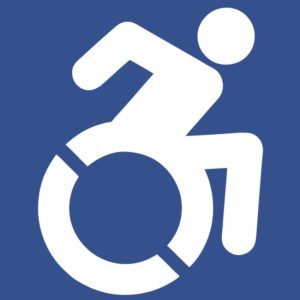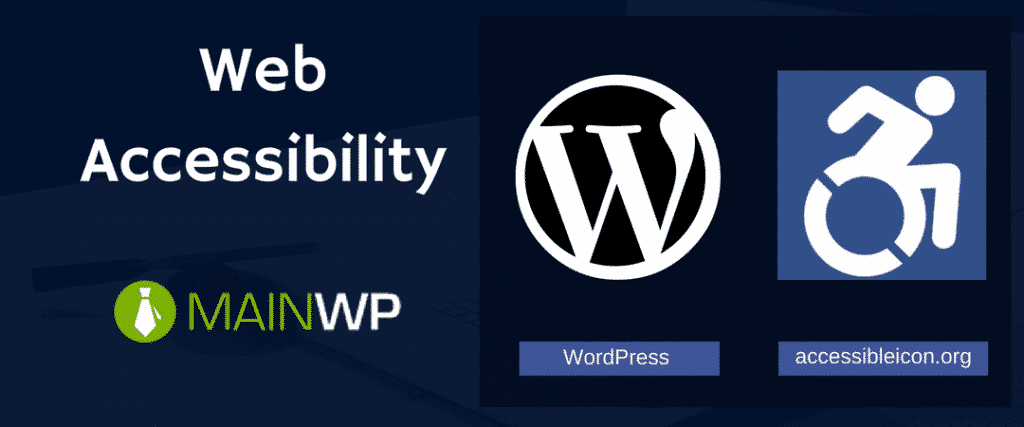So, let’s set the scene.
You are a fantastic freelance developer, and you are doing pretty well, but you thought that you would take a part-time job for the holidays at a retail giant.
After all, your projects slow down during that time, and you have extra time on your hands.
Sounds good so far.
via GIPHY You & Your holiday job
Imagine going to apply for a job and being told by the retail company where you are applying with that you have to apply online.
Frankly, this is not uncommon.
Now imagine being told you have to do this on your own, because, you know, they don’t have a computer in the store that will allow you to do such a task.
So, you go home and pull out your laptop and crank it up. You go to the website and the link that you were told to navigate to on the website.
Once you get to said page, you find that you have to have Flash to make the application process work.
Ugh.
Now suppose you don’t have Flash installed on your computer (I know, but just go with me here).
That’s a pretty big inconvenience!

Especially for a company who is needing help, right?
Now, let’s put a slight twist on this.
Let’s say your vision impaired, blind, and you utilize Web Accessibility software such as JAWS, a screen reader known as Job Access With Speech.
Now, if your retail company which you are applying for a job doesn’t have any web accessibility, well, you can’t apply for a job.
Let’s suppose you go back to the store and say, “Hey, your website isn’t accessible for me since I am blind and use a screen reader.” You are talking to a manager, and, the manager has no idea what you are talking about and has no alternative way to let you apply for a job.
You now have a problem, and the company has a bigger problem.
Why?
It’is important because a vision impaired person might sue the company for not having an accessible website.
This has actually happened before, and likely will happen again.
Check out this paragraph from www.adatitleiii.com:
Finally, it is worth noting that one plaintiff filed six cases in California against various retailers alleging that he was unable to apply for a job through the defendants’ allegedly inaccessible online job application processes and that the defendants offered no acceptable alternative accommodations for his vision disability. This employment-related website accessibility issue falls outside this blog’s ADA Title III focus (and thus is not included in our data), but is still an important cautionary tale for all businesses who use online application processes.
https://www.adatitleiii.com/2016/03/tracking-the-trends-website-accessibility-lawsuits-by-the-numbers/
Currently, in the United States, web accessibility seems to be an interpretation of the Americans with Disabilities Act (ADA). And several times, the courts have sided with the plaintiff.
You would think that it would be a government website that would need to worry about this kind of lawsuit, but data is showing that plaintiffs are suing all sorts of businesses for the accessibility violations on their website.
(A government website has an obligation to be web accessible.)
In other words, it is a really, really good idea to practice website accessibility when you build a new website.
And while the law in the US does not consider web accessibility, it may happen in the new future
USA – Americans with Disabilities Act of 1990 (ADA) does not require websites to be accessible. However, since June 2010 the U.S. Department of Justice is considering to amend the ADA on this particular point.
https://en.wikipedia.org/wiki/Web_accessibility#Government_regulations
In other words, it is being considered and will probably change.
Other countries have instituted such regulations as the Wikipedia article shows.
What is web accessibility?
Web accessibility refers to the inclusive practice of removing barriers that prevent interaction with, or access to websites, by people with disabilities. When sites are correctly designed, developed and edited, all users have equal access to information and functionality.
Web Accessibility Standards
So, what should a website do to implement accessibility standards? We will take a look at standards from a WordPress point of view.
Borrowing from Carrie Dils’ article, two areas are important for accessibility, your WordPress theme, and your content.
Content
There are some things we have to address when we write our content.
There are three areas that Carrie points to as a good starting point for making your content more web accessible. These areas include schematic headings, image alternative text, and descriptive anchor text.
Rightly, she explains that content that is developed well for web accessibility will also be good for SEO, so, there is another reason to build your content for web accessibility.
Do you want a more comprehensive guide?
There is a website that helps developers meet the guidelines for accessibility, and they provide checklists.
https://www.wuhcag.com/wcag-checklist/
There is much more in the standards than what Carrie lists. Carrie gives you a starting point, a very basic one.
Here is the W3C’s web page for accessibility.
Do you need to run a check on your website?
Here are some resources you can use:
https://achecker.ca/checker/index.php
https://wave.webaim.org/
https://usabilitygeek.com/10-free-web-based-web-site-accessibility-evaluation-tools/
https://www.ada.gov/pcatoolkit/chap5toolkit.htm
We are just scratching the surface here. The goal is to move towards being more web accessible.
I think Carrie is right when she says:
“There’s something important I want to note here: Even though getting a site to fully meet WCAG 2.0 or WordPress “accessibility-ready” standards takes a lot of work, accessibility doesn’t have to be all or nothing. In other words, taking steps toward better accessibility (even if your site’s not fully accessible) is better than not making any effort at all!” (emphasis mine)
Read Carrie’s complete web accessibility series starting here.
Web accessibility is not about doing extra work, it’s about doing "the work" properly. #a11y
— Jackie D'Elia (@jdelia) November 1, 2016
Final Thoughts
In our next post, we are going to move to the WordPress theme and some other tools. The easiest thing you can do at the beginning of a project is to start with a web accessible WordPress theme.
This post was not created to tell you all there is to know about web accessibility. I am no expert.
It is created, however, to get WordPress entrepreneurs to think about web accessibility and what role it plays in the development process.
None of us will be experts in web accessibility in just a few hours of study. There are, however, resources that can help us as we move forward.
As a community, we should have discussions and spur one another to learn as much as we can to make sure the products and services we provide are accessible to everyone.
Thanks to Carrie Dils who I leaned on for much of what I learned about Web Accessibility. We probably need more discussion in the WordPress community.
There have been Web Accessibility presentations at some of the WordCamps recently.
What does your country require? Let us know in the comments!







